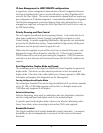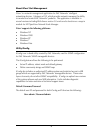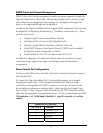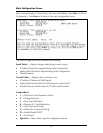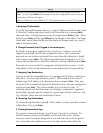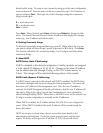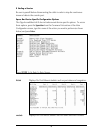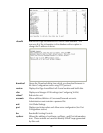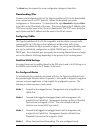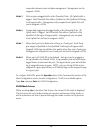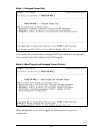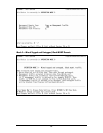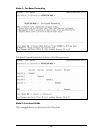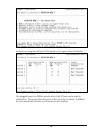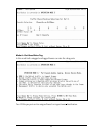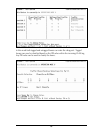
11
*A
reboot
may be required for some configuration changes to take effect.
Downloading Files
Firmware and configuration files for the Giga-AccessEtherLinX-II can be downloaded
from a central server via TFTP protocol. Initiate this download via console
configuration or Telnet session. To download a file, type
download
and press
Enter
to be taken to the Download a file screen. This screen displays the IP Address of the
TFTP server and the name of the file to be downloaded. The TFTP server should be
open. Make sure the IP Address and the name of the file are correct.
Configuring VLANs
The Giga-AccessEtherLinX-II is VLAN compatible, with the ability to accept traffic
containing 802.1q VLAN tags on the Uplink port and direct that traffic to the
Downlink Ports where the tag is removed on egress. For even greater flexibility, each
port can be individually configured as an Uplink TRUNK port or as a Downlink
DROP port. Every downlink port can qualify the incoming Ethernet frame and assign
one of two different VLAN tags depending on the priority of the incoming frame.
Qualified VLAN Settings
Incoming frames can be qualified based on the PRI value found in its VLAN tag or on
the DiffServ value found in the IP header of the frame.
Pre Configured Modes
To help alleviate the complexity associated with this, the Giga-AccessEtherLinX unit
has provided eight different modes of operation. Each mode is designed to support a
common customer application to help simplify the configuration process. The
following is a short summary of each mode.
Mode 1
Forwards only untagged frames. Management only accepted from the
Uplink Port.
Mode 2
Forwards both tagged and untagged frames with management only
accepted from Uplink Port. Management domain can flow to Downlink
Ports and can be assigned a VLAN. This is the default mode and
functions as a normal MAC layer switch.
Mode 3
Forwards both tagged and untagged frames with management only
accepted from Uplink Port. Management domain is blocked from
Downlink Ports and can be assigned a VLAN.
Mode 4
Allows fixed port-based forwarding. The user-configured virtual



